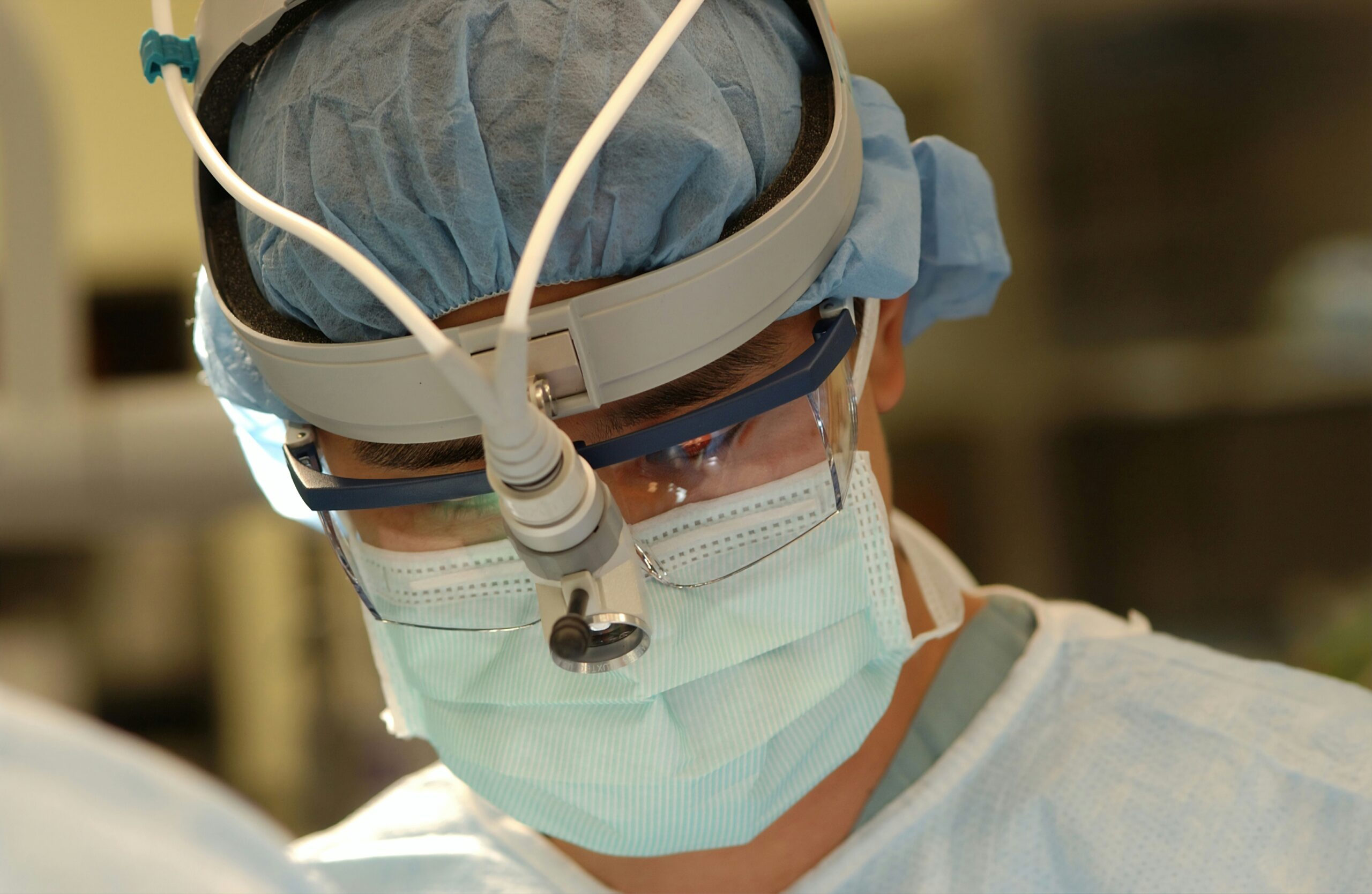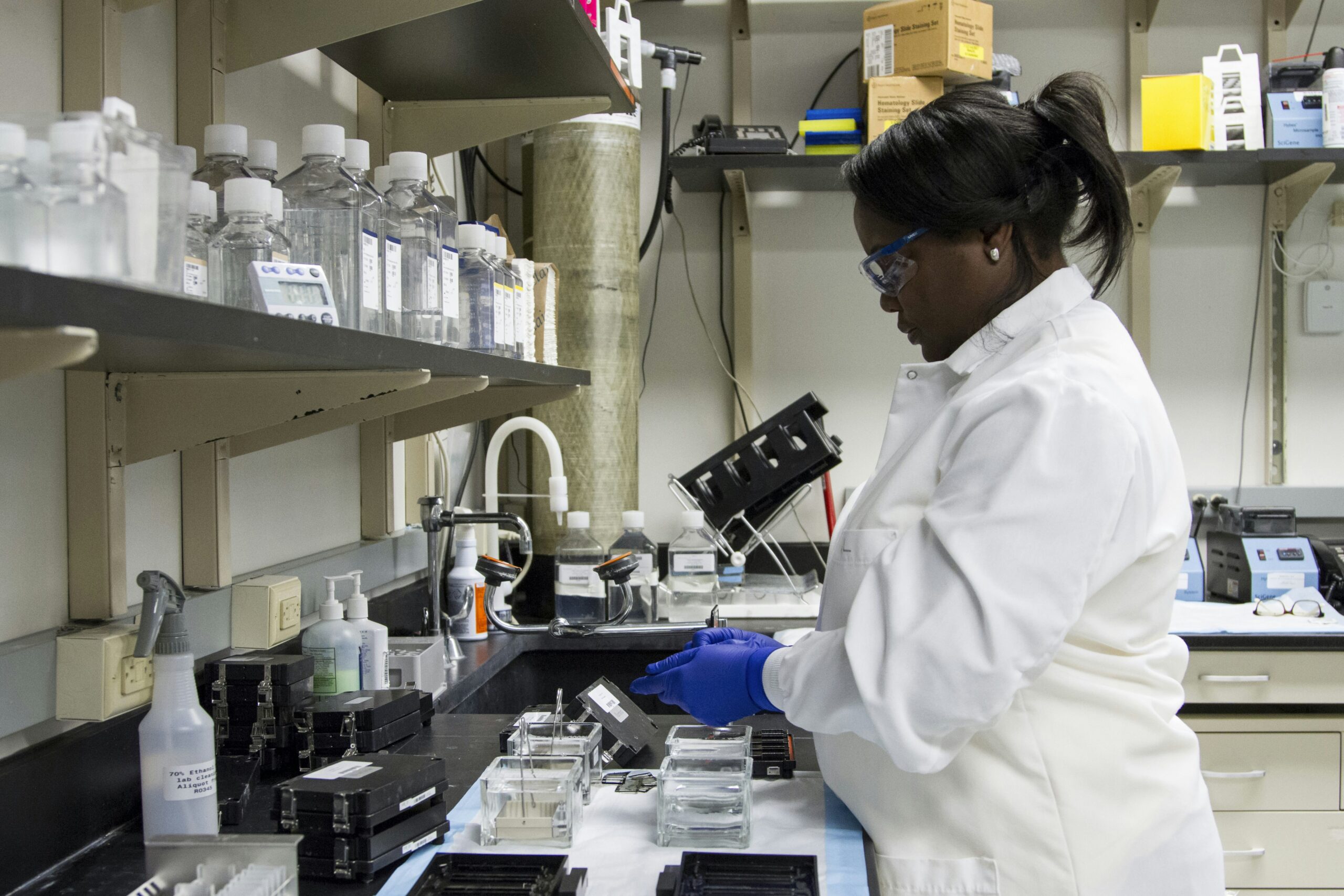Have you ever wondered about the location of the prostate in relation to the pubic bone? The prostate, a small gland that plays a crucial role in male reproductive health, can be found just below the bladder and in front of the rectum. More specifically, it sits right behind the pubic bone, tucked away within the pelvis. Understanding the precise positioning of the prostate can provide valuable insights into its function and potential health concerns. So, let's explore this fascinating topic further and unravel the mysteries surrounding the prostate's proximity to the pubic bone.
Prostate Overview
The prostate, a small gland located in the male reproductive system, plays a crucial role in various bodily functions. Understanding its function, size, and conditions affecting it is essential for maintaining overall prostate health.
Understanding the Prostate Function
The prostate gland functions in the production and secretion of prostate fluid, a component of semen. This fluid helps to nourish and protect sperm, enhancing their survival and motility. By contracting during ejaculation, the prostate gland aids in propelling semen out of the body.
Prostate Size and Shape
In terms of size and shape, the prostate can vary among individuals. On average, it is approximately the size of a walnut, measuring about 4 centimeters in diameter and weighing around 20 grams. The shape of the prostate is often described as resembling a slightly flattened cone.
Conditions Affecting the Prostate
Several conditions can affect the prostate, including benign prostatic hyperplasia (BPH), prostatitis, and prostate cancer. BPH is a non-cancerous enlargement of the prostate, often causing urinary symptoms. Prostatitis refers to inflammation of the prostate, which can cause discomfort and urinary problems. Prostate cancer, on the other hand, is the abnormal growth of cells in the prostate gland and can have serious implications if left untreated.
Anatomical Location of the Prostate
Understanding the anatomical location of the prostate within the male body is crucial in comprehending its relationship with surrounding organs and structures.
Prostate Position in the Male Body
The prostate gland is located just below the bladder and in front of the rectum. Its position allows for its involvement in both urinary and reproductive functions. Being close to these vital structures, any abnormalities in the prostate can potentially affect urinary flow and sexual health.
Surrounding Organs and Structures
The prostate is surrounded by various organs and structures, including the bladder, urethra, rectum, and pelvic floor muscles. The bladder, responsible for storing urine, lies just above the prostate gland. The urethra, a tube connecting the bladder to the penis, runs through the center of the prostate. The rectum lies behind the prostate, allowing for digital rectal examinations to assess the prostate's size and texture. Finally, the pelvic floor muscles provide support to the prostate, contributing to urinary control and sexual function.

Prostate in Relation to Pubic Bone
The relationship between the prostate and the pubic bone is important to understand, as it aids in visualizing the proximity and potential interactions between these structures.
Distance from the Prostate to Pubic Bone
The prostate gland is situated just above the pubic bone. The exact distance may vary among individuals, but generally, it is within a few centimeters. This close proximity is crucial for medical procedures that require access to the prostate through the pubic bone.
Anatomical Relationship and Physiological Relevance
The proximity of the prostate to the pubic bone is anatomically and physiologically relevant. It allows for an accurate assessment of the prostate's size, consistency, and any abnormalities during a digital rectal examination. Furthermore, this relationship can aid in the diagnosis and treatment of conditions affecting the prostate, as medical practitioners can utilize the pubic bone as a reference point for accessing and visualizing the gland.
3D View of Prostate and Pubic Bone
Visual representations, such as images and diagrams, provide a real perspective of the prostate gland in relation to the pubic bone.
Images and Diagrams for a Real Perspective
3D images and diagrams can provide a better understanding of the spatial relationship between the prostate and the pubic bone. These visual representations can be used as educational tools to help individuals grasp the intricate placement and proximity of these structures.
Understanding Prostate to Pubic Bone Orientation
Studying 3D images and diagrams can aid in comprehending the orientation of the prostate concerning the pubic bone. This understanding is essential for medical professionals performing procedures such as biopsies or surgeries where precise navigation through the pubic bone is required.

Accessing Prostate Through Pubic Bone
Several medical procedures require visualization and access to the prostate gland through the pubic bone. Understanding this perspective is crucial for medical practitioners.
Medical Procedures That Require This Perspective
Prostate biopsies and certain surgical treatments, such as robotic-assisted prostatectomy, involve accessing the prostate through the pubic bone. By utilizing specialized techniques and equipment, medical professionals can navigate through the bone to reach the prostate accurately.
How This Relationship Aids Medical Practitioners
The close relationship between the prostate and the pubic bone aids medical practitioners in accurately accessing and visualizing the prostate during procedures. By utilizing the pubic bone as a reference point, healthcare professionals can ensure precise and effective treatments, improving patient outcomes.
Prostate Cancer and its Spread to Pubic Bone
Prostate cancer, a common type of cancer among men, has the potential to spread to the pubic bone, affecting treatment and prognosis.
Prostate Cancer Metastasis
Metastasis refers to the spread of cancer cells from the primary site to other parts of the body. Prostate cancer commonly metastasizes to nearby lymph nodes, bones (including the pubic bone), and distant organs. When prostate cancer reaches the pubic bone, it can cause pain, affect urinary function, and pose challenges for treatment.
Risk of Spread to Pubic Bone and Pelvis
The pubic bone and pelvis are common sites for prostate cancer metastasis. This is because the prostate gland is in close proximity to these structures, allowing cancer cells to easily infiltrate and establish secondary tumors. Therefore, early detection and timely treatment are essential to prevent the spread of prostate cancer to the pubic bone.

Symptoms Signifying Prostate or Pubic Bone Issues
Recognizing the symptoms associated with prostate disorders and pubic bone issues can help individuals seek appropriate medical attention and intervention promptly.
General Signs and Symptoms in Men
Common signs and symptoms of prostate disorders include urinary difficulties, such as frequent urination, weak urine flow, and the need to urinate urgently. Discomfort or pain in the pelvic area, blood in urine or semen, and erectile dysfunction can also indicate prostate problems. Similarly, pubic bone issues may manifest as localized pain or tenderness in the pubic region.
Symptoms Relating Prostate Disorders to Pubic Bone Pain
In cases where prostate cancer has spread to the pubic bone, individuals may experience persistent or worsening pain in the pelvic region or pubic area. This pain may radiate to the lower back, hips, or thighs and can be accompanied by additional symptoms related to prostate cancer or bone metastasis.
Diagnosing Prostate Disorders
Diagnosing prostate disorders involves a combination of physical examinations, laboratory tests, and imaging techniques to accurately assess the health of the prostate gland.
Physical Examinations
A vital component of diagnosing prostate disorders is the digital rectal examination (DRE). During this procedure, a healthcare provider inserts a lubricated, gloved finger into the rectum to feel the size, texture, and any abnormalities of the prostate gland. Additionally, certain blood tests, such as the prostate-specific antigen (PSA) test, may be conducted to evaluate prostate health.
Laboratory Tests
Laboratory tests can provide valuable information about the prostate's health and detect any abnormalities. These tests may include urine analysis, semen analysis, and blood tests to assess kidney function and rule out infections or other underlying conditions.
Imaging Techniques
Imaging techniques, such as transrectal ultrasound (TRUS), magnetic resonance imaging (MRI), and computed tomography (CT) scans, can provide detailed images of the prostate gland. These imaging modalities help visualize the size, shape, and any potential abnormalities in the prostate, aiding in diagnosis and treatment planning.
Treating Prostate Disorders
Various treatment options are available for prostate disorders, depending on the specific condition, its severity, and individual patient factors.
Surgical Treatments
Surgical interventions, such as transurethral resection of the prostate (TURP) for BPH or robotic-assisted prostatectomy for prostate cancer, may be recommended to address specific prostate disorders. These procedures aim to alleviate symptoms, remove abnormal tissue or the entire prostate gland, and promote overall prostate health.
Radiation Therapy
Radiation therapy utilizes high-energy beams to target and destroy cancer cells, both in the prostate gland and surrounding areas. It can be an effective treatment option for localized prostate cancer or to alleviate symptoms in advanced cases.
Hormone Therapy
Hormone therapy is often used to manage and slow the progression of prostate cancer. By reducing the levels of testosterone or blocking its actions, hormone therapy can help shrink the tumor and manage symptoms associated with advanced prostate cancer.
Palliative Care
Palliative care focuses on improving the quality of life for individuals with advanced prostate cancer or those experiencing significant symptoms. It aims to manage pain, provide emotional support, and address the physical and psycho-social aspects of living with a prostate disorder.
Prostate Health and Prevention
Maintaining a healthy prostate is essential for overall well-being and can be achieved through several lifestyle changes and proactive measures.
Lifestyle Changes for a Healthy Prostate
Incorporating regular exercise, maintaining a balanced diet rich in fruits, vegetables, and whole grains, and managing stress can contribute to prostate health. Limiting the consumption of alcohol, tobacco, and processed foods can also help reduce the risk of developing prostate disorders.
Regular Checks and Early Detection
Regular check-ups with healthcare providers, especially as men age, allow for early detection of any potential prostate issues. Routine screenings, including DRE and PSA tests, can help identify abnormalities in the prostate gland at an early stage when interventions are most effective.
Prostate Health Supplements
Certain supplements, such as saw palmetto, beta-sitosterol, and lycopene, have been studied for their potential benefits in maintaining prostate health. However, it is essential to consult with a healthcare provider before starting any supplementation to ensure safety and efficacy.
In conclusion, understanding the prostate's function, anatomical location, and relationships with surrounding structures is crucial for maintaining prostate health and addressing any potential issues promptly. Regular check-ups, early detection, and appropriate medical interventions can contribute to a healthier, well-functioning prostate. By implementing lifestyle changes and adopting proactive measures, individuals can play an active role in promoting overall prostate health and general well-being.

